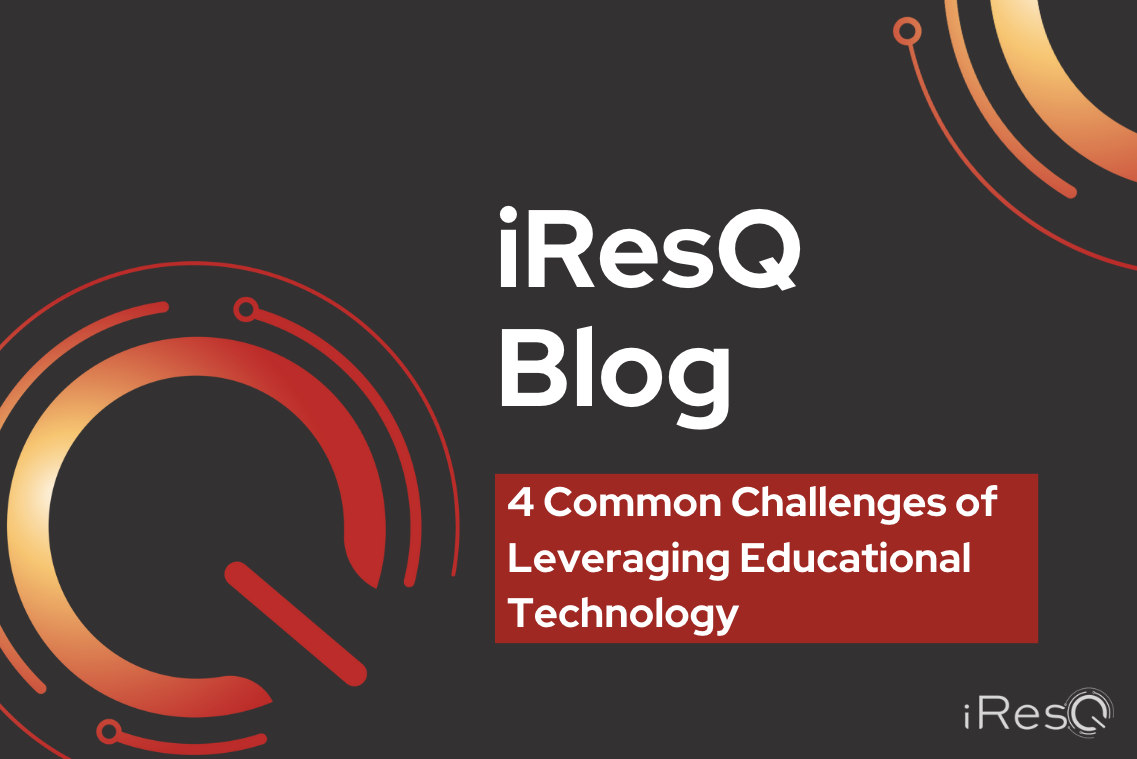There are few jobs more important than teaching students and young learners in elementary schools, middle schools, and high schools. As classrooms evolve to leverage educational technology and incorporate more digital tools, educators must not only keep pace with technological advancements but also ensure that these tools genuinely contribute to the learning environment without hindering the educational process.
When it comes to using technology and educational technology (EdTech) in particular, leveraging devices always comes with its unique set of challenges. While the integration of educational technology in the classroom has the potential to enhance learning experiences, engage students, and prepare them for the digital age, educators often find themselves grappling with various obstacles. Navigating how to integrate educational technology seamlessly, tailor technology to your students’ learning styles, maintain student engagement, and manage inventory and the subsequent repairs needed requires a thoughtful and strategic approach.
Integrating Educational Technology Seamlessly
While the benefits of technology are vast, technology integration can be a beast of its own when it comes to applying it to any learning environment. One of the common challenges faced by educators is the difficulty of seamlessly incorporating technology into their teaching methods. The rapid evolution of educational technology means that teachers may struggle to keep up with the latest tools and applications, leading to a potential disconnect between their pedagogical goals and the capabilities of the technology at hand. This gap can hinder the smooth flow of lessons, disrupting the learning experience for both educators and students.
Both old and new technology can pose major roadblocks when it comes to how teachers can and should be utilizing specific learning tools, making professional development key to integrating technology the right way. Teachers need ongoing training and support to harness the full potential of educational technology, whether it be adapting traditional classroom tools to a digital format or embracing innovative learning platforms. By investing in continuous training, schools can ensure that their teaching staff remains adept at leveraging technology effectively, ultimately enhancing the educational experience for their students.
Tailoring Educational Technology to Various Learning Styles
Adapting teaching strategies, lesson plans, and the right classroom technology tools to the learning styles of individual students is key to promoting success for all. Recognizing and accommodating individual preferences within a single classroom requires a thoughtful approach to ensure technology aligns with each student’s optimal mode of comprehension.
Finding creative ways to incorporate technology for unique learning experiences can significantly impact the competency outcome for students of all grade levels. The challenge is to strike a balance between using technology as a supplementary tool and ensuring it caters to different learning styles. Integrating interactive elements, multimedia presentations, and adaptive learning platforms engages students, fostering an inclusive environment where diverse learning styles are supported and empowered.
Maintaining Student Engagement
Integrating technology, including digital and gamified learning tools such as apps and interactive whiteboards, presents both opportunities and challenges in sustaining student engagement. The task is to balance the benefits of interactive learning with technology against potential distractions to ensure it doesn’t hinder independent problem-solving.
Incorporating digital learning into the classroom requires a thoughtful approach to keep students engaged and focused. Educators can enhance participation by designing interactive lessons that leverage gamified elements, such as virtual reality, while fostering an environment that encourages independent critical thinking. Real-time applications and collaborative projects presented through technology can provide students with purpose and relevance, helping to maintain their interest and enthusiasm for learning whether in person or in a virtual classroom.
Managing Inventory & Repairs

Incorporating technology into the student learning process means taking on the responsibility of managing the individual devices your school or school district chooses to incorporate – from laptops to iPads and everything in between. The challenge lies in efficiently handling inventory tracking and repairs to ensure that devices are readily available for educational use. From monitoring the condition of devices to coordinating repairs, educational institutions face the ongoing task of maintaining a functional and up-to-date technology inventory that supports seamless learning experiences.
If your team is searching for a reliable partner to outsource repairs, asset protection, and more, look no further than iResQ. Specializing in asset management tracking and device repair services, iResQ provides a comprehensive solution to help educational institutions manage their technology assets effectively. By entrusting these responsibilities to a dedicated service provider like iResQ, schools can streamline the process of maintaining and repairing devices, allowing educators to focus on delivering quality education without the added burden of device management.

